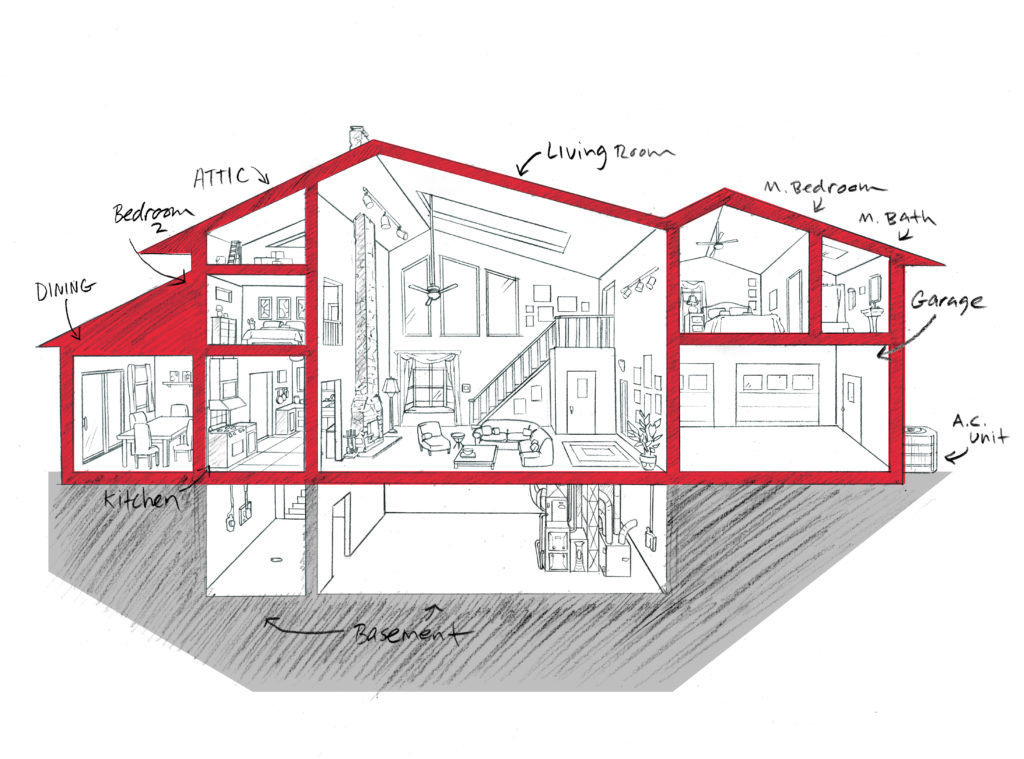 You may have heard someone boasting the benefits of a zoned, like a ductless mini split, HVAC system. If you have and are unfamiliar with these systems, the concept may be confusing. At Borden Heating & Cooling, we want you to better understand these systems and the potential benefits so that you don’t miss out.
You may have heard someone boasting the benefits of a zoned, like a ductless mini split, HVAC system. If you have and are unfamiliar with these systems, the concept may be confusing. At Borden Heating & Cooling, we want you to better understand these systems and the potential benefits so that you don’t miss out.
If you have central heating and air, you know that once turned on the conditioned air is forced out of all vents in the home. Rather than heating or cooling the entire property, zoning allows you to control the temperature in just a selected area, or zone. This method conserves energy and as a result, saves you money on your monthly utility bills. This is especially beneficial for homes with attics, additions, or any other areas that aren’t used as frequently as others.
How Does the Zoning Work?
Without getting too technical, there are inserts in ductwork that separate the different zones in the home. Each zone has its own thermostat control, and depending on the settings of each thermostat the inserts will close or open to allow air into the zone. A control panel communicates between the thermostats, inserts, and the HVAC system so that you can set individual temperatures. Often, mini split HVAC systems require one unit indoors, one outdoors, and a conduit in-between.
At Borden Heating & Cooling, our installations include remote controls to more coneniently control temperatures. Additionally, we offer different models where air handlers can be mounted on the wall, suspended on the ceiling, or be floor-standing. For more information, check out this blog post about the benefits of a ductless air conditioner.




